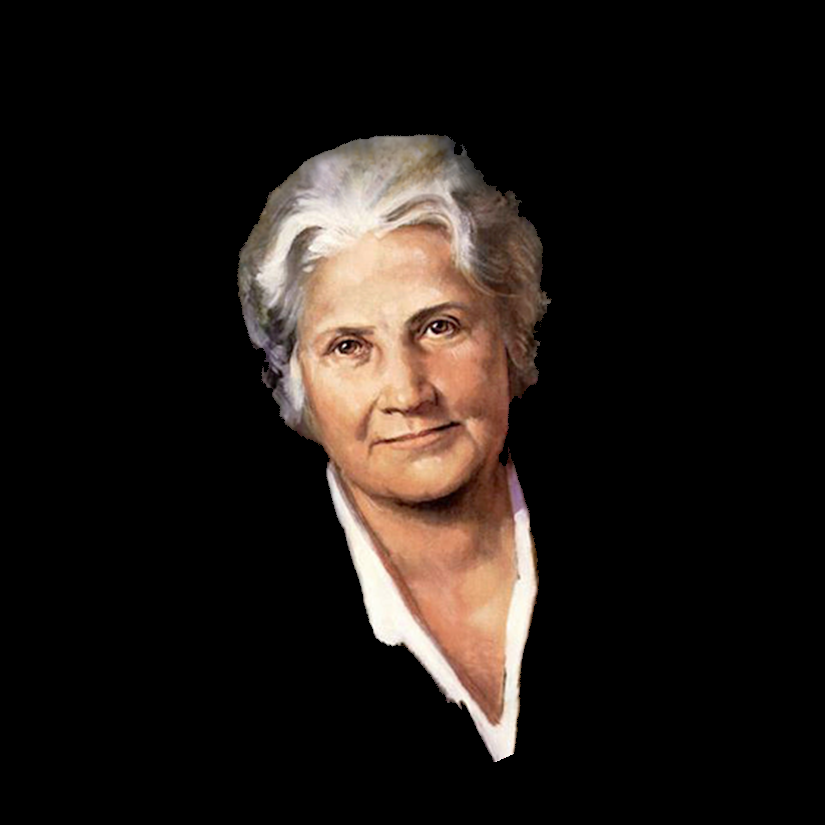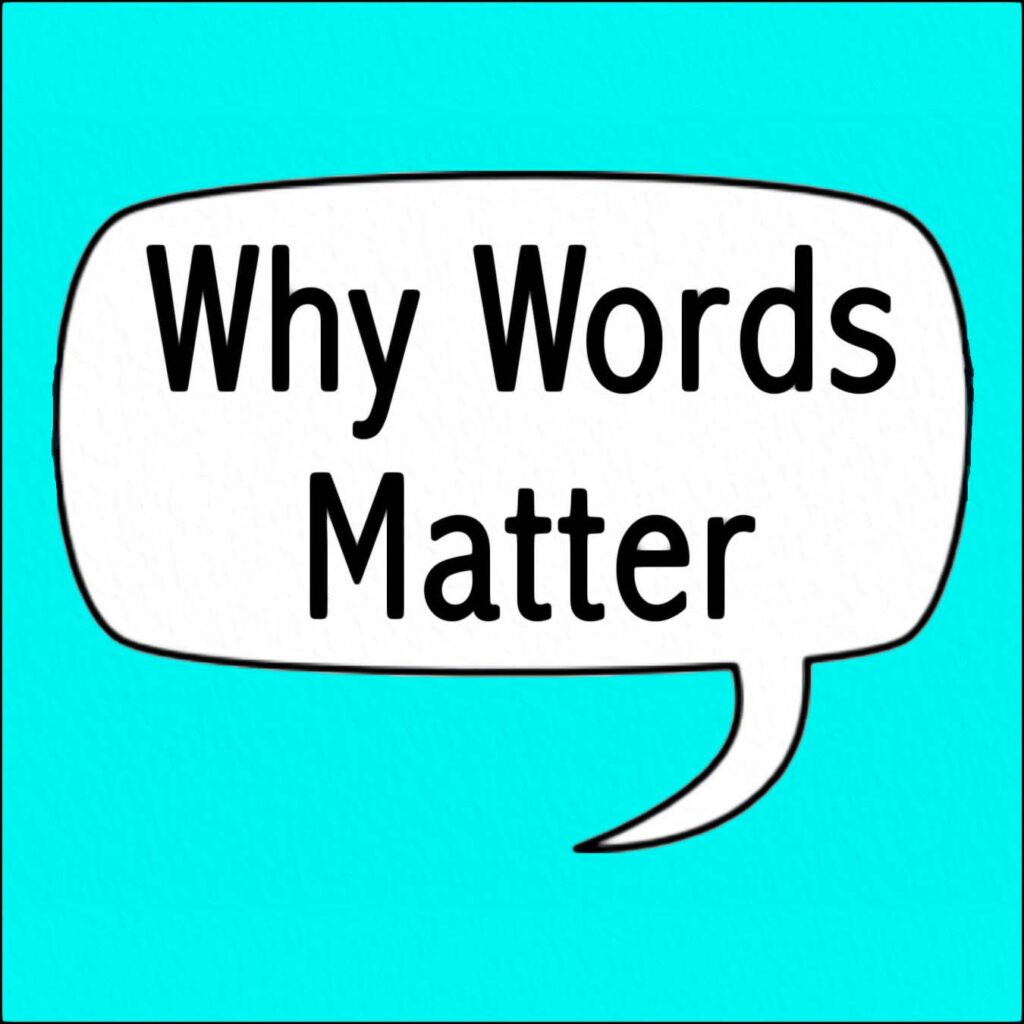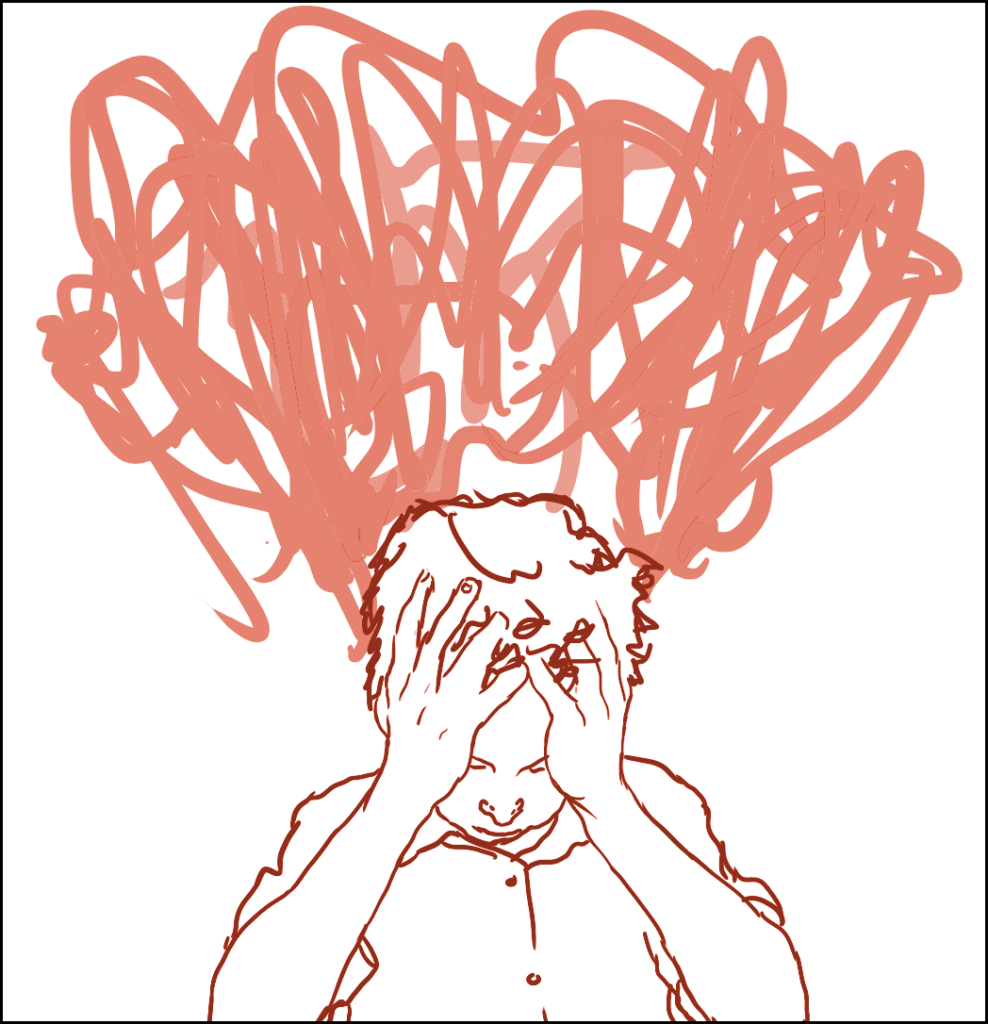Why I Wish I was Born a Child Educated with Montessori Principles
Montessori method
The Montessori method can look quite confusing to an outsider who is looking in. The classroom approach goes against most things we remember from our traditional schooling. It can look chaotic and unproductive. The teacher might look unprepared and not as responsive to student needs as they should be.
We remember sitting in a classroom controlled by adults who tried to regulate our every decision of our every day. We look back at our teacher standing at the front of the classroom. Children lined up in neat rows of desks, pencils poised.
Off to the side is a large desk equipped with a cup of red pens. The red ink would eventually find its way scribbled over every paper assignment turned in. And when an assignment is returned, we remember feeling judged and insecure about the adult feedback.

The more I teach, the more I believe that once you have your head wrapped around a certain type of pedagogy, it is quite difficult to unwrap it.
It can be done for sure – I’ve had conversations with many teachers and parents who discovered the Montessori method later in life and have come to embrace it.
I unwrapped my head around traditional education during my Montessori training. Seeing the interconnectedness of all subject matter – as opposed to the separation of it – helped me to piece everything together. Montessori method means to educate ‘The Whole Child.’
Now, I wish that if there is such a thing as a do over, I would certainly hope to come back a child educated with Montessori principles. To simplify this term, I will refer to it as a “Montessori child.” These are my reasons why:
Our Curriculum Empowers Children
To Find And Use Their Own Resources
As I’ve mentioned before, parents of “Montessori children” are very much at an advantage when it comes to independent, self-directed learning. This is true whether in the physical classroom or the virtual classroom. Our children don’t sit around waiting for someone to lead them to where they should go.
During the elementary years (Dr. Montessori referred to these as the second plane of development) we believe children can’t be taught how to learn. Instead, they are being shown how to access their reasoning mind. Therefore, children are given the room to learn through exploration and self-interest. The teacher does not teach; rather the guide guides.
Montessori-Based Teaching Places
The Child At The Reigns Of Their Own Learning Journey
Giving a child the gift of independence lets them know we value them and we know they’re capable. Children can grow up feeling empowered and safe in their abilities to make sound choices. When we trust them, they learn to trust themselves, ultimately becoming happy and productive members of their communities.
Montessori educators value and encourage independence in even their youngest students. Nurturing this valuable character trait is both empowering and necessary.
Of course, this looks different at different ages. Younger children want to do things by themselves, while elementary aged children want to think for themselves. Adolescents seek both physical and social independence as they navigate their childhoods into adulthoods. It’s important to remind ourselves of these developmental stages, both as teachers and as parents.
As children get older (the elementary years and beyond), they must meet certain academic expectations. Teachers use a variety of tools to help students work independently while still meeting their goals, including work plans and time management strategies. Research becomes of great interest at this time, and children are given ample opportunity to deeply explore topics they choose.
Teachers carefully prepare the classroom environment so that all choices are safe and desirable, but within those boundaries the child is free to explore.
“Never help a child with a task at which he feels he can succeed.”
— Dr. Maria Montessori

Montessori Children Advance Quickly
Parents who love the Montessori approach rave about how quickly their children advance in terms of self-esteem and academic abilities.
Research has backed this claim. Many Montessori children transition into a traditional middle school or high school ahead of or in a better position than their traditional counterparts.
Children Are Given The Room
To Make Mistakes And To Problem Solve
In her own words, Dr. Montessori said about the Montessori method,
“While the progress the children make seems wonderful, it can only be attributed to the freedom they have in exercising themselves. With methods in general use, teachers must very often correct children. Each time they make a mistake, the teacher must correct them. We, on the contrary, advise that children should not be corrected, that they should be free to make mistakes, not in an absolute sense, but only in their spontaneous efforts for perfection.”
Dr. Maria Montessori
In this case, perfection should not be read as everything being lined up perfectly so in an assigned math exercise. This expectation creates anxiety, frustration and perhaps even complacency of thought.
Instead, perfection can be understood in terms of the effort required to improve. The sense in which confidence is continually acquired to better our abilities and expand our way of thinking about the world. In this sense, perfection must be thought of in terms of the attainment of one’s interests, and not the correction of an ability.
As Dr. Montessori said, it’s more spontaneous than calculated.
The Montessori Classroom
Is A Place To Observe
I observe the students and the works they are getting out each day. I will check in with them from time to time to make sure they are doing their work correctly. If they are way off base, I will give suggestions to them or present the lesson again.
As a caregiver, try to take a moment to observe your child’s behavior before intervening. Their problem-solving skills might impress you!
How Parents Can Support
This Work at Home
Dr. Montessori believed there are three essential components for exceptional learning – the child, the environment and the Montessori guide. For children learning in home-based environments, another component is added – the at-home adult.
How can families continue the cultivation of independence in the home? Your child’s teacher has partnered with you to ensure all of these elements are strong and interconnected for the best possible experience.
It all starts with a shift in the way we view our children’s capabilities. They are often able to do much more than we realize. With a little bit of modeling, most children will eagerly accept a challenge. Your children want to do what you do. If you give them the necessary tools and support, they can begin practicing at home.
Giving our children tasks builds their confidence while helping them learn how to be contributing members of a community – in this case, their family.
Any child can be a ‘Montessori child,’ that is, capable of independence (freedom with responsibility) and self-direction.
The Montessori method is just one way to achieve this!
Do you have thoughts or ideas about the Montessori Method? Do you have a suggestion for another blog topic? Please send me an email with your ideas or experiences with red pens at grumble.services@gmail.com.
If you find this article helpful, please share it. Please join us, if you have yet to do so. Subscribe below and receive articles like this one in your email box weekly. Thank you!
Read More: EMPOWERING CHILDREN:
What Do I Mean By Active Vs. Passive Childhood?
All Rights Reserved • © 2021 Grumble Services LLC • grumbleservices.com




